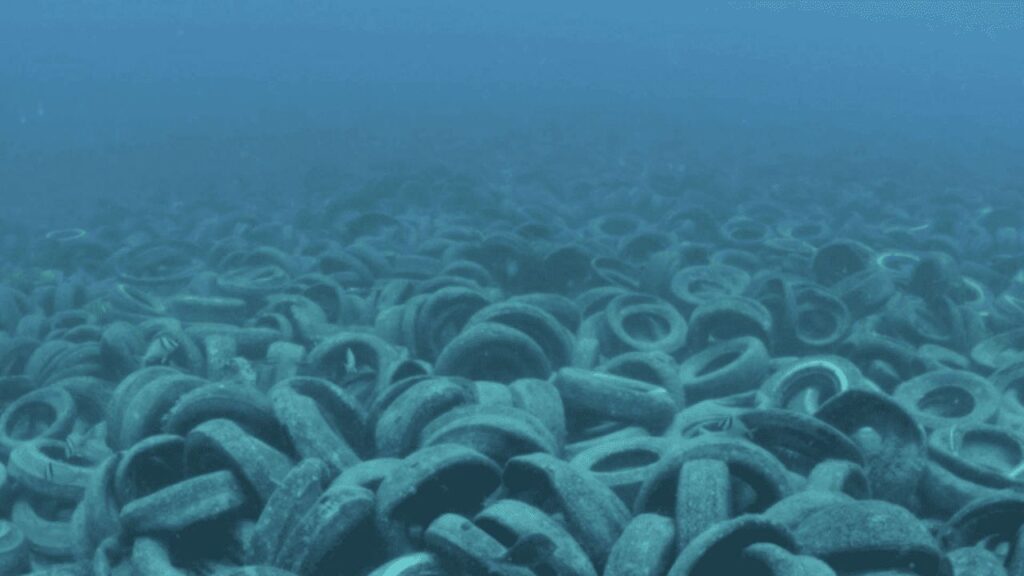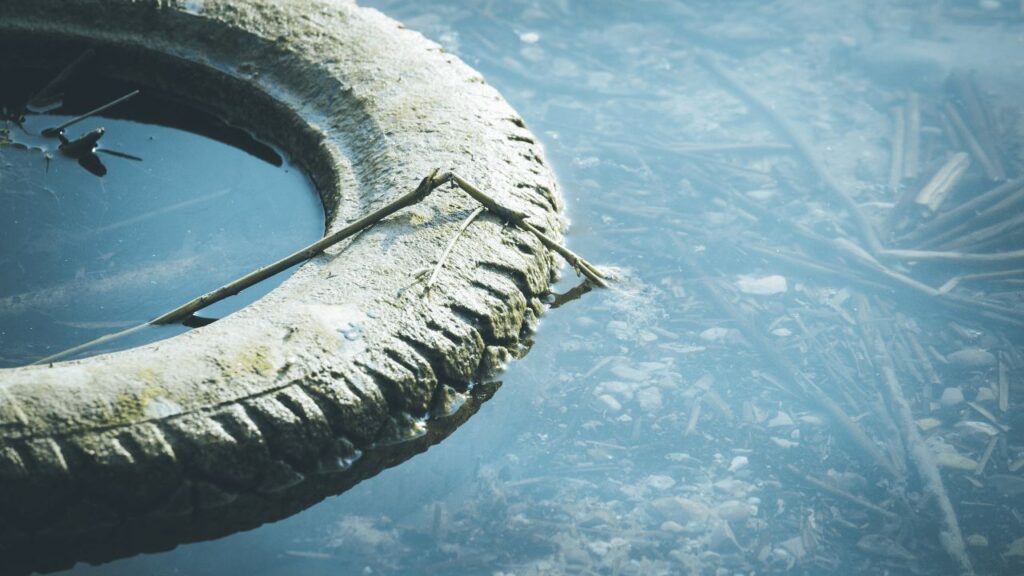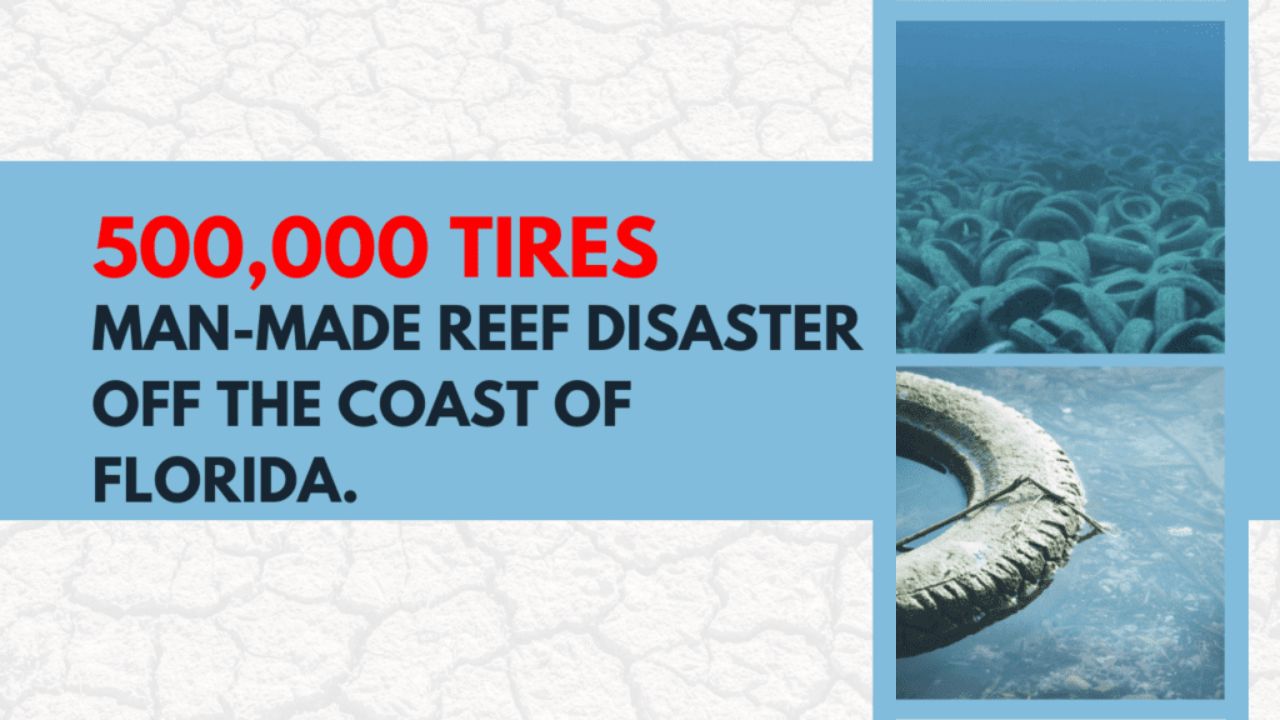Off the coast of Fort Lauderdale, Florida, there is a project to build an artificial reef called the Osborne Reef. In the 1970s and 1980s, this was one of many attempts to use old tires to mimic the environmental benefits of coral reefs, but it has turned out to be a disaster for the environment.
Several groups, including the U.S. military, have tried to clean it up in the years since.
How did the Osborne Reef get there?

In the 1970s, a local nonprofit dropped more than two million tires into Florida’s coastal waters to make the Osborne Reef. The goal was to make a place where marine life could live and grow.
The project got a lot of attention. It was okayed by the U.S. Army Corps of Engineers, and a U.S. Navy minesweeper watched over the dumping. Goodyear gave a lot of the tires, and a gold-plated tire was dropped into the ocean from the Goodyear Blimp to name the reef.
In the years that followed, many of the tires, which were only held together with nylon rope and steel clips, came loose, making the “reef” useless as a habitat and, in some cases, hurting real coral reefs nearby.
What is the Osborne Reef doing now?
Over the last 20 years, both public and private groups have started projects to get rid of the remaining Osborne Reef tires.
Now, one of the main goals of the company 4ocean is to clean up the Osborne Reef.
In an Instagram post with creepy photos of the reef, 4ocean said, “In the end, the well-intended project failed.” “And now 4ocean is going to help them clean up!”
“This operation is a fight uphill,” the group said next. “Since the first picture was taken, a lot of work has been done to clean up, but there are still more than 500,000 tires at the bottom of the ocean. We have a lot of work to do, for sure.”
4ocean is even selling jewelry made from tires pulled from the seafloor to pay for its cleanup work.
Through its Osborne Reef Waste Tire Removal Project, the Florida Department of Environmental Protection also keeps an eye on the situation.
But the work to clean up is still going slowly. In 2016, the state thought there were still 650,000 tires, and 4ocean thinks there will still be more than 500,000 in 2022.
Could this clean-up show how to do things in the future?

The sustainable, circular model that 4ocean uses to make money for more cleanup by selling products made from salvaged trash could be used to fix other failed artificial reefs from Malaysia to France.
The company says that many of the tires it finds can’t be recycled, but it still takes them to Florida’s Solid Waste Authority, which is “one of the most advanced, efficient, and [low-pollution] waste management facilities in the United States.”
According to its website, 4ocean’s ultimate goal is to “partner with organizations that can help us recycle these scrap tires on a massive scale so we can use more of this material to make new products that fund this historic cleanup operation and move us closer to our goal of ending the ocean plastic crisis.”









Comments are closed.